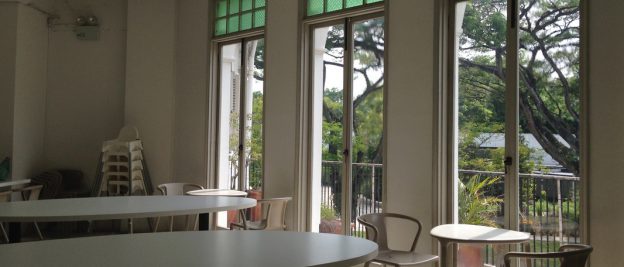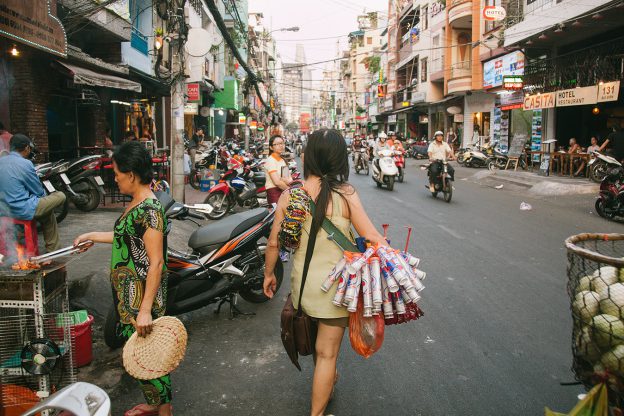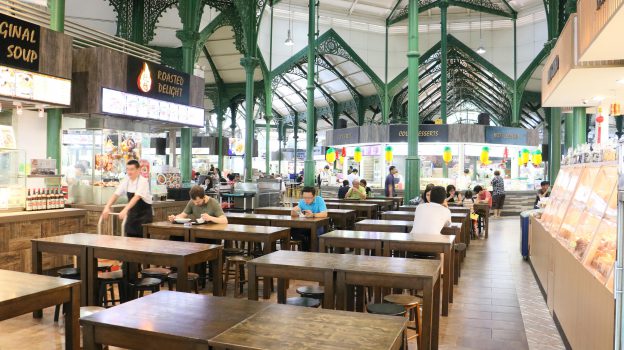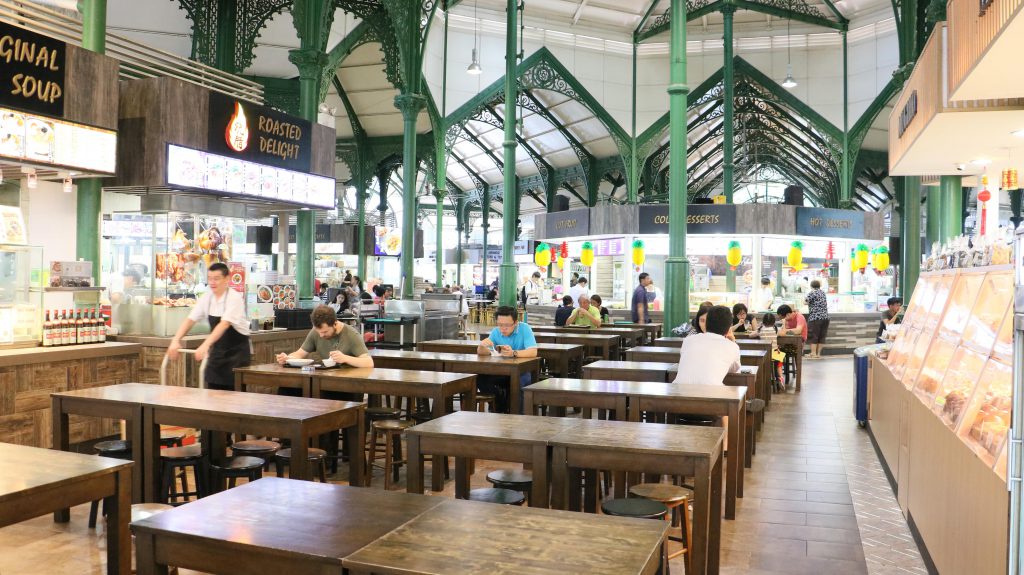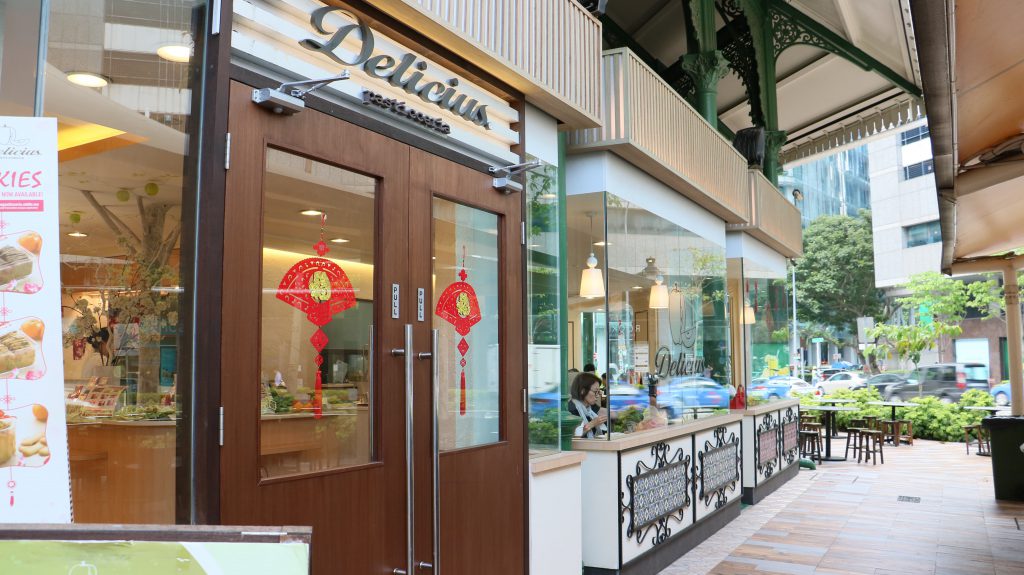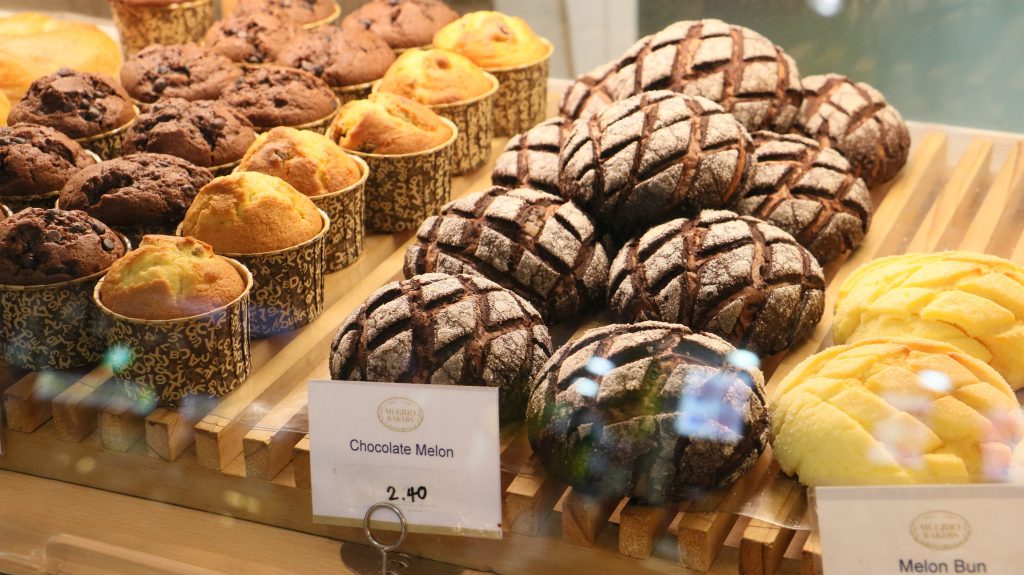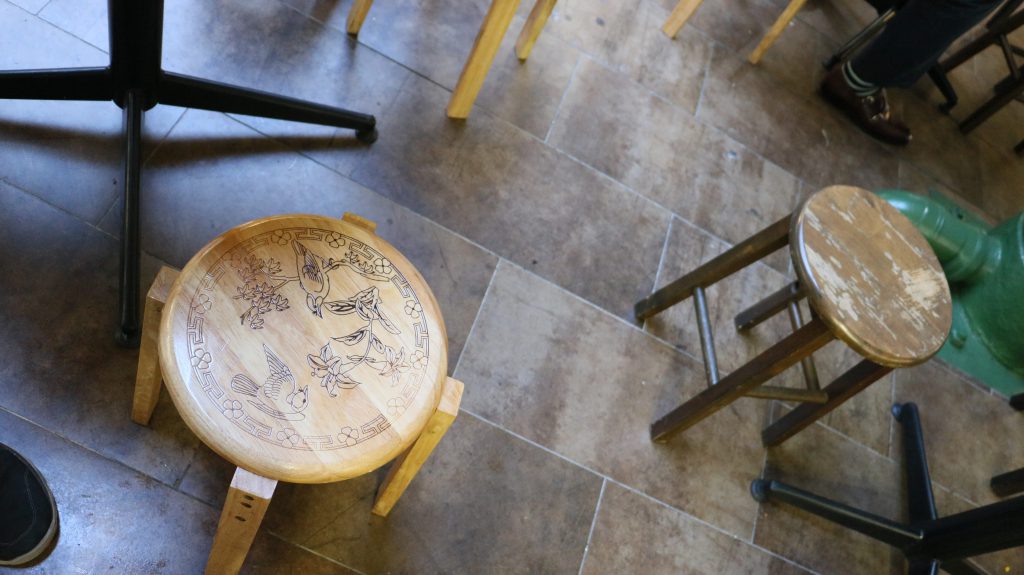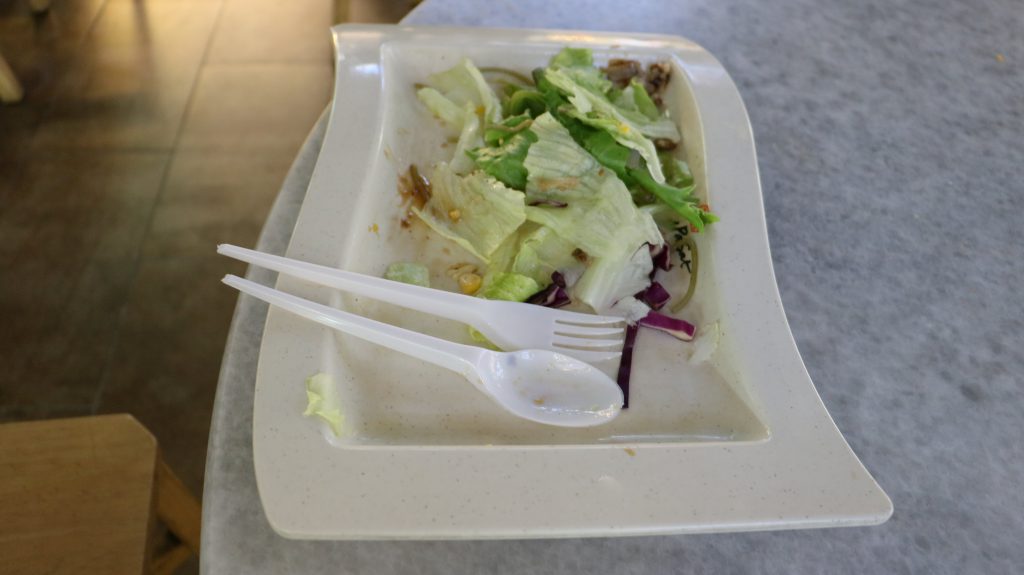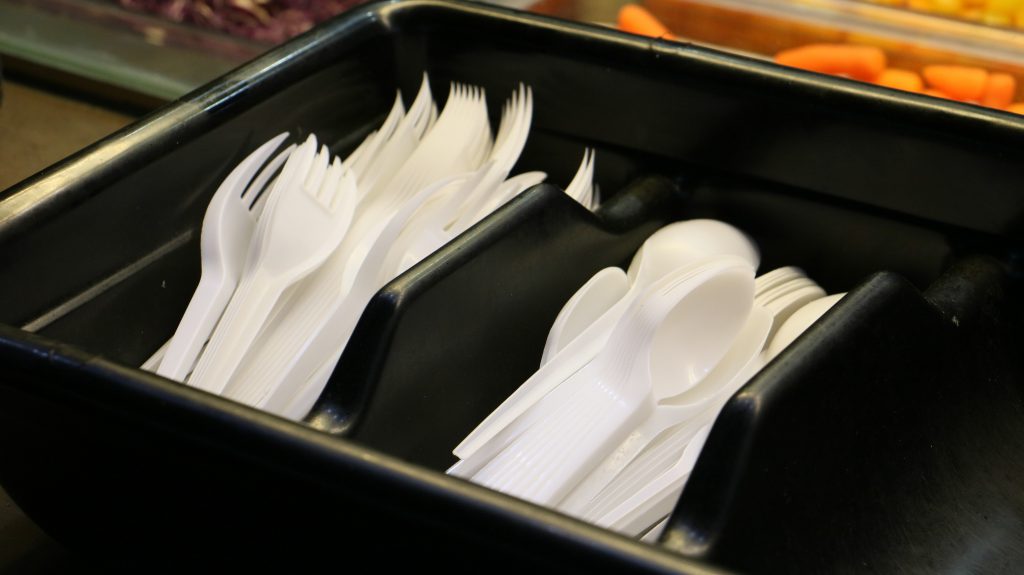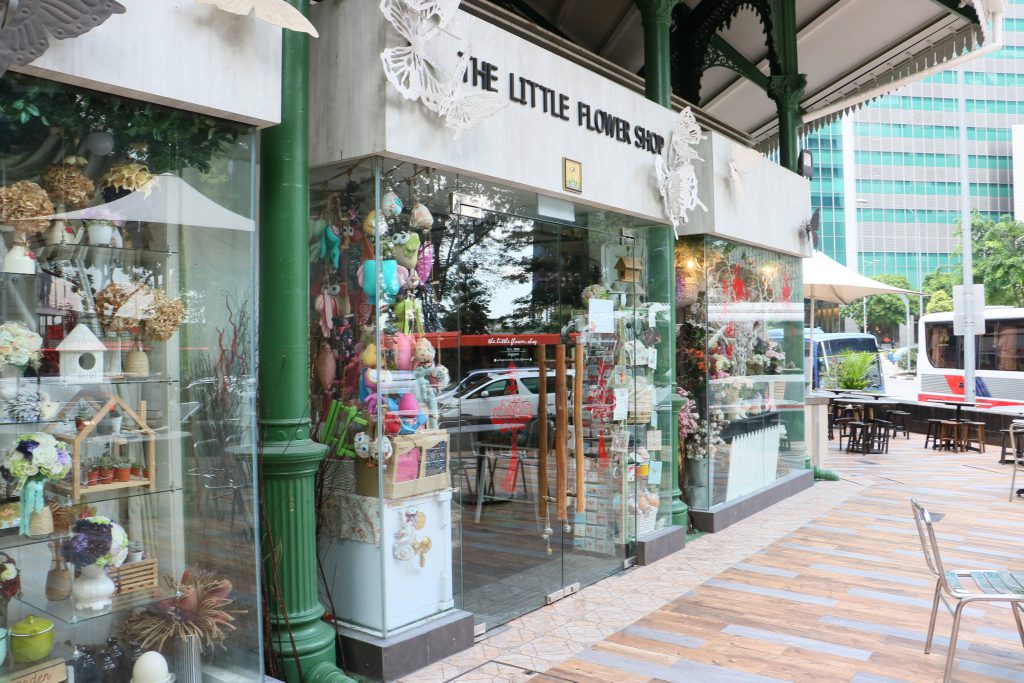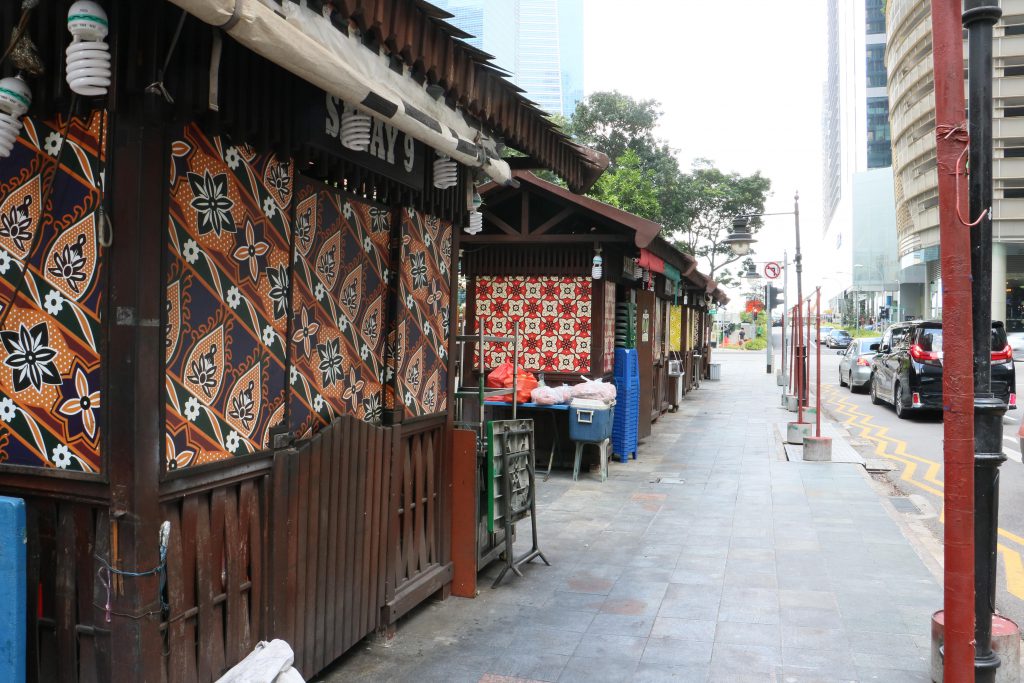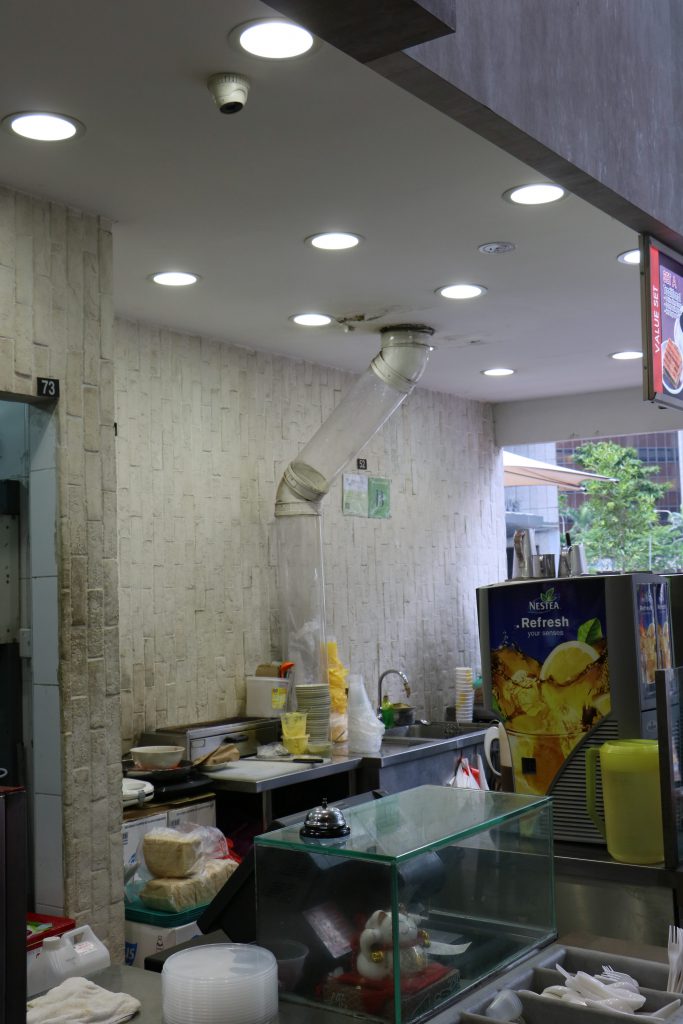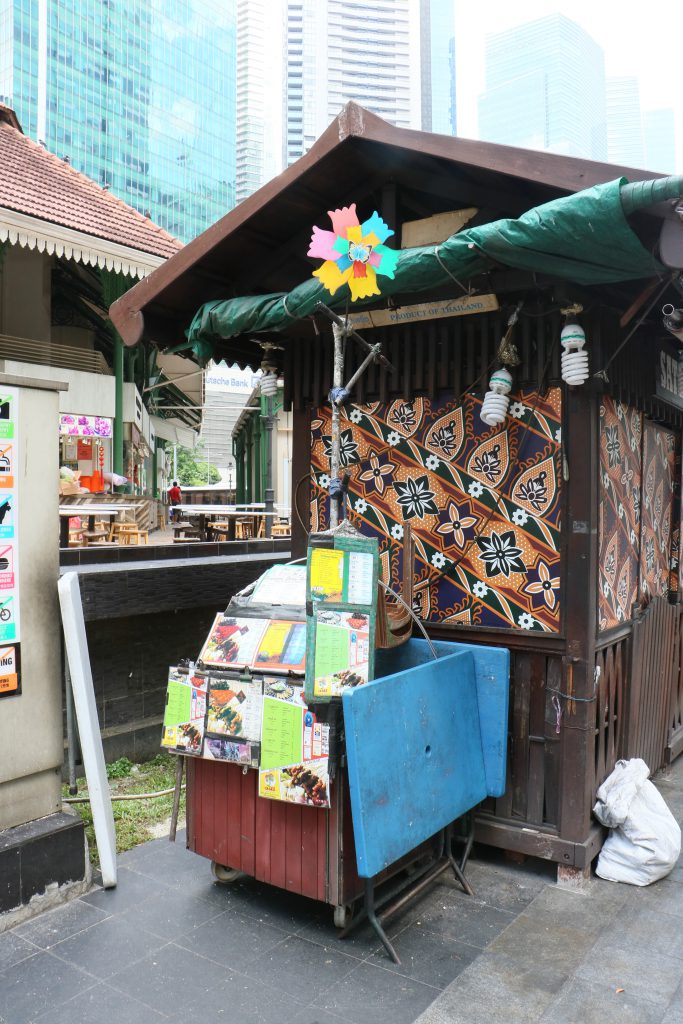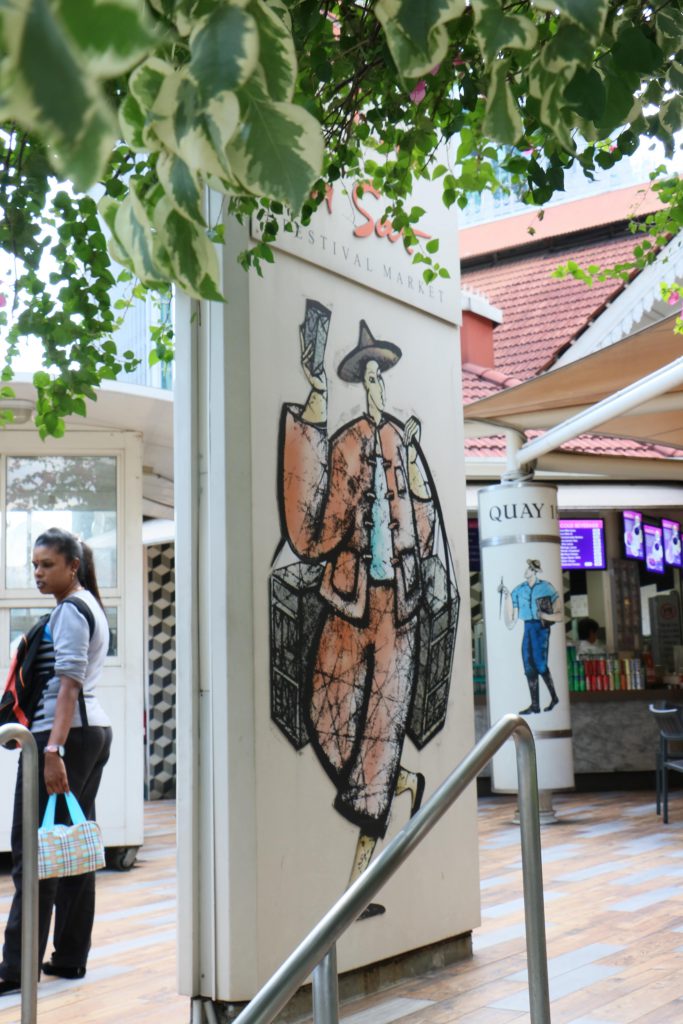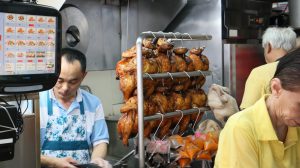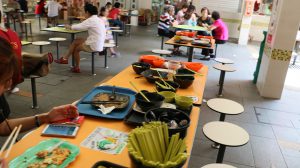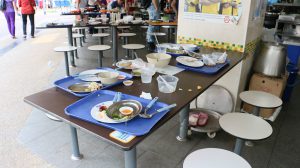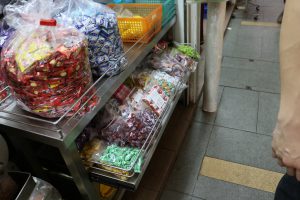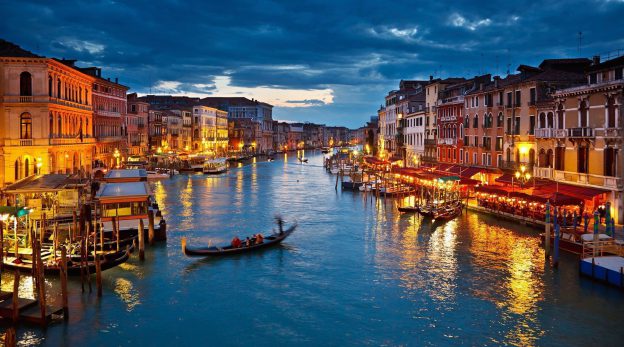The Hawker Experience: Tourist vs. Locals
Singapore is known for her hawker centre – similar to a food court but much more down-to-earth and an open space without aircon. The food stalls are run by individual owners, unlike foodcourt’s which can be managed by a bigger company. The food in hawker centre have a really wide variety: chinese, malay, indonesian, indian, western, korean, japanese and many more. The largest and most famous hawker centre would be Lau Pa Sat, located at the heart of the Raffles Place CBD. When I was still a tourist in Singapore, I used to visit Lau Pa Sat and did not really consider to eat at other local hawker centres. However, after a few years living in Singapore, I realized that the experience that Lau Pa Sat offers to the customers are so different from many other hawker centres, even the famous ones too.
Photos of Lau Pa Sat
Photos of Clementi Hawker Centre
Observations: Comparing Lau Pa Sat and Clementi Hawker Centre
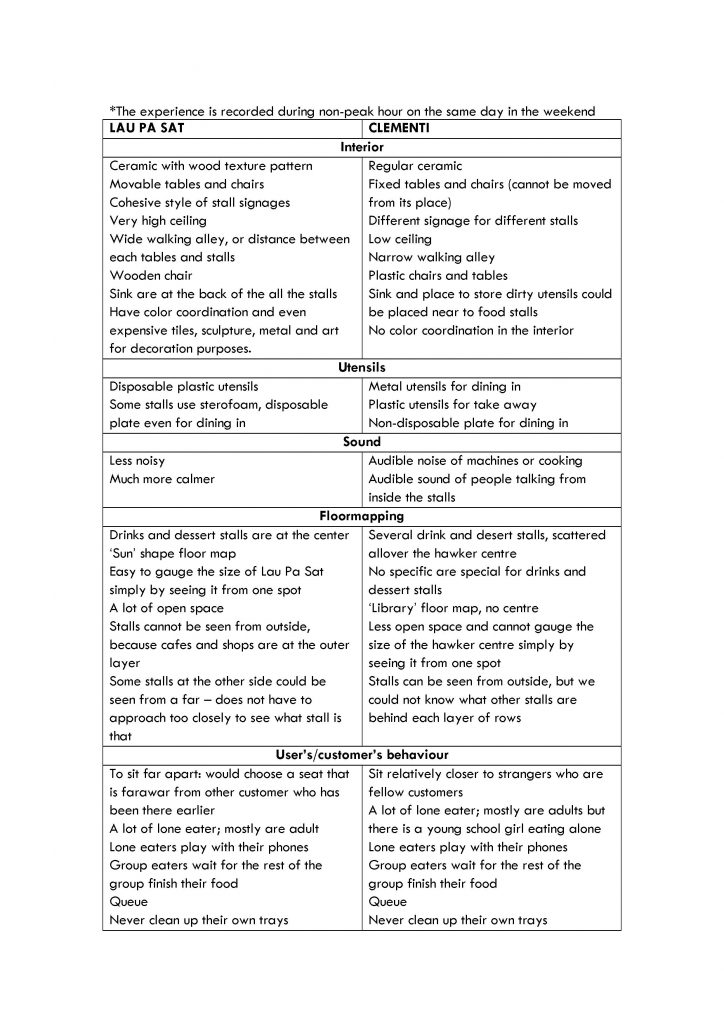
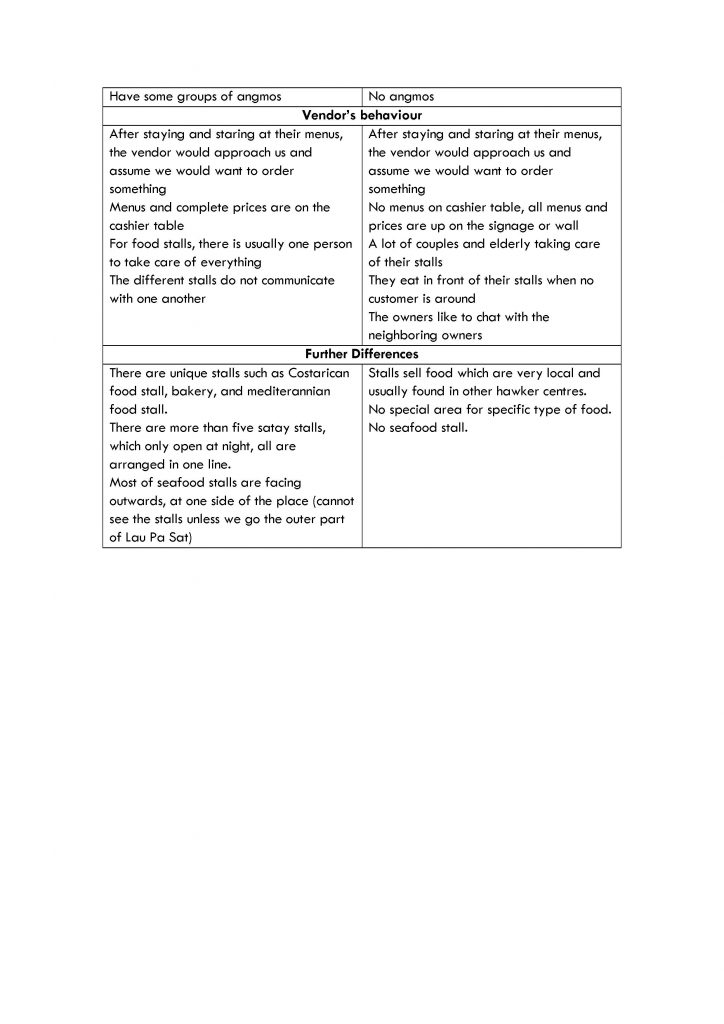
So
What I can conclude from the observations is that Lau Pa Sat is a ‘special breed’ of hawker centre. It is much more ‘advanced’ that it is similar to a food court rather than hakwer centre. Clementi hawker centre is really similar to other hawker centres such as Newton Circus, Holland Village Market, and many more. If Clementi and Lau Pa Sat were persons, Clementi would be someone who lives not to impress anyone, and while Lau Pa Sat would be a person who is very well well-groomed in order to please new guests. In fact, Lau Pa Sat is really famous among tourists and I think it is designed and managed so well – more variety of food, cleaner, less noise, arranged, decorated – in order to give a good impression about Singapore to people who have a leisure travel here.
PS: And, after I did further research on the internet, Lau Pa Sat has undergone a lot of renovation and no wonder it looks like a super pretty hawker centre! here is the original Lau Pa Sat before the decoration. Even the chairs and everything are changed, the metal engraving at the ceiling are painted, and the color of the place is changed to be made more coordinated. I cant see Lau Pa Sat as a true representation of hawker centre anymore.
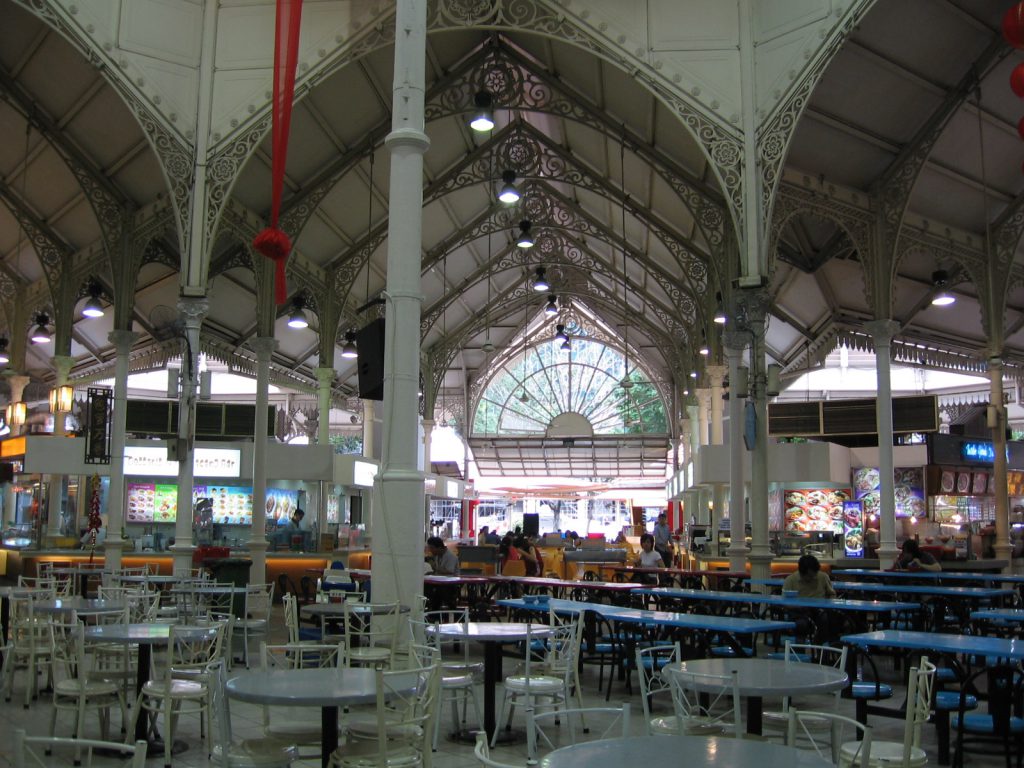
But to be honest, I did enjoy Lau Pa Sat more than Clementi to be a place for me to have meal on a Friday. Thanks to its good interior, ambience, hygiene and excitement – I tried the Costarican food, not bad really (food photo in the gallery)
From this comparison, the concept of a hawker centre is an eating place for public in an open space (not indoor, no aircon). And indeed this is very Singapore.
Improvements for Lau Pa Sat
As a designer, I thought of improvements while was doing some research. I realize there is no main entrance in Lau Pa Sat, and all ends are exits to different roads. It would be great if there is ‘directory’ or signage showing which one is to which road. This would ease the flow of visitors.
But again, I really think this Lau Pa Sat’s shape and floorplan are originally like this since the 19th century. Well, even though it has undergone renovation, I think the government still want to retain the authentic aspect of this place.
Improvements for Clementi
It is a classic example of hawker centre in Singapore. I don’t feel like suggesting any improvements because this is one of true identities of the society. Probably to make it better, the local governor or leader could start a campaign of ‘putting back your own tray’ because there were really a lot of trays and plates left on the table with no one cleaning them up. Probably, there is short of manpower or the cleaners are on breaks, but it would be great if the costumers could do such an easy task to improve the experience of eating in a local and classic hawker centre.
You want to go to the places? here are the address:
- Lau Pa Sat: 18 Raffles Quay, Singapore 048582
- Clementi Central Market and Food Centre: 448 Clementi Ave 3, Singapore 120448


